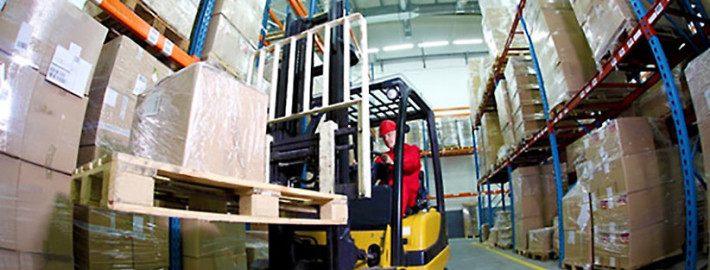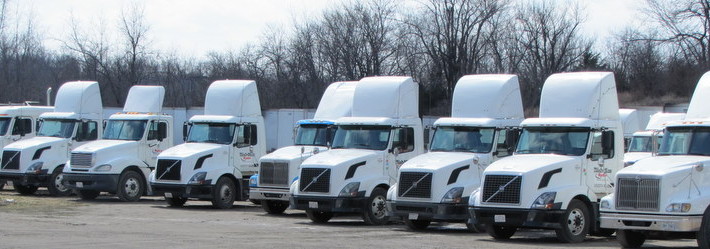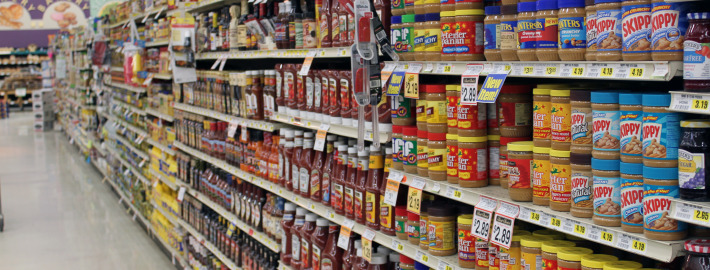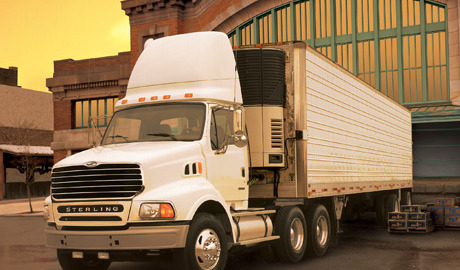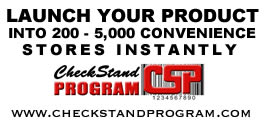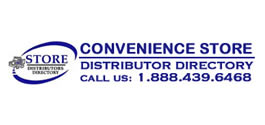Creative Marketing for Your Wholesale Business
Creative Marketing for Your Wholesale Business
There is no such thing as ‘enough’ marketing – especially in this day and age of Internet and the social media. Every business needs to market their products or services but if not done right; the efforts are wasted and this would not translate into new clients or more sales. Also, businesses need to utilize more ways to market their products other than the usual tried and tested ones. If this was not enough pressure to market right, then not only you need to tweak the tried and tested ones to suit your needs but you also have to come up with unique ideas to help build your business.
If you are a wholesaler, then you know by now how important it is to market your business. The wholesale business is one of the most competitive businesses out there and you can’t just sit easy after establishing a client base of a few retail stores and assuming that they would be your clients for life.
For a successful wholesale business, it is important that you come up with creative marketing ideas that will cost you the least amount of money and will increase your sales in the most effective manner.
Here are some creative ways to market a wholesale business.
Use your connections
One of the best ways to market a wholesale business is through your relationships with the manufacturers. It is in the interest of the manufacturer or the vendor to sell as many products they can sell. For this they rely on the wholesalers. A manufacturer will have many wholesale clients. The key is to become the preferred wholesaler to get the best promotional offers.
Promotions or seasonal discount offers are the best ways to market your business to the retail stores. The more you offer to the retailers, the better your chances of increasing sales and building a new client base.
But go a step further and don’t just depend on what the manufacturers offer you. If the manufacturer is launching a new brand of shampoo in the market, then ask for sample sachets for your retail clients. Or if the manufacturer is offering samples on its own accord then ask for promotional leaflets to distribute along with the samples or even without them.
Go an extra mile, if you think you have a winning product in hand. Ask your manufacturer if they can provide you with extra promotional material that might list the benefits of ingredients used in the shampoo. If the manufacturer is lagging behind on this or can’t supply you with this information, then have some printed at your expense and request your retail clients to display them in their stores along with the samples and the product.
Ask your manufacturer if they can provide you with special promotional products. Ask them if they can bundle together two products to promote one. For instance, maybe create a special promotional packaging for the new shampoo with an existing soap category.
Think of ways you can use your business relationship with your vendors and manufacturers to increase your sales.
Make a website
If you think a wholesale business doesn’t need a website, think again. All businesses irrespective of the size and type of business can benefit with the presence of a website. You don’t need to spend thousands of dollars to launch and maintain a website. You can easily have an easy to navigate and informative website by spending only a small sum and that also you can reap by the business it will bring you.
So how do you maximize marketing benefits through a website? You will of course have information on your inventory and business on your website along with all relevant contact information. Now you need some add-ons that can help you market your wholesale business in new ways.
Use the website to display offers and promotions and new product launches. Use a news feature where you can post about new happenings, new launches or any new information regarding your business. Use your website for extra information on products. To continue with the previous example of the new shampoo launch, you can use your website to advertise this product, to mention benefits of the ingredients and promotional offers.
Use your website to increase your social media presence. Create a business page on a social networking site and link this to your website where clients can connect with you. Provide existing and potential clients with informative content related to your stock. Use your social media page to conduct surveys on the state of the market or to ask your clients their reviews on new products or suggestions if any.
Start a weekly, monthly or bi-monthly newsletter to promote new products and to inform clients of seasonal promotions in advance. Your website will also help you get subscriptions for your newsletter.
Network and network some more
Attend trade association events. Participate in local business events and seminars. Be at the forefront. Make new friends. Talk about your business. Join online forums to exchange ideas and offer solutions.
Serve your community
Use local fairs or community events to promote your business but also offer something back to the community. You can have a promotional stall to promote the new shampoo and offer free samples to all those who visit your stall.
Sponsor a community event where you can have your business banner or distribute environment-friendly grocery bags with your logo to all the attendees. People are likely to use these and every time the bags are used, you have the opportunity for business promotion that you created from a single event and for one-time investment.
Offer your goods for free for community events. If you are in the food business, you can offer refreshments from your new cookie or juice brand for neighborhood soccer matches. Or you can distribute stationary for the neighborhood reading programs.
There are endless ways to promote a business while serving the community. It helps build business goodwill and can give you the satisfaction of being able to do some good.
Market right. Market smart.

